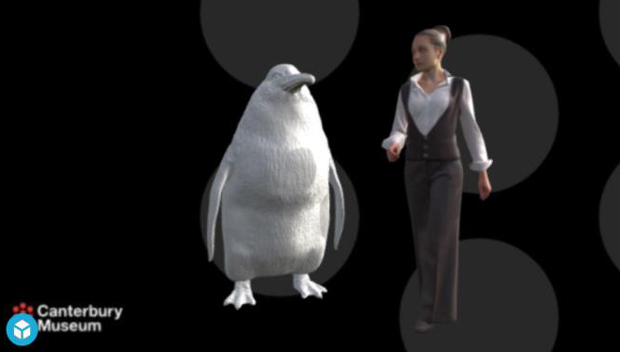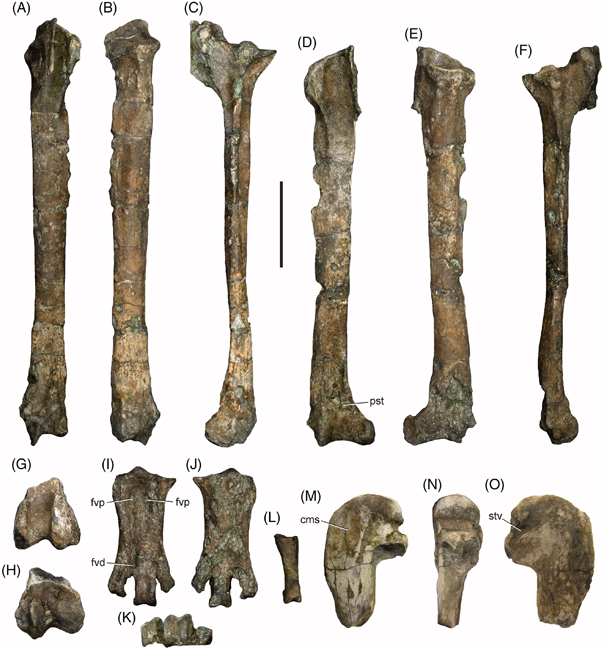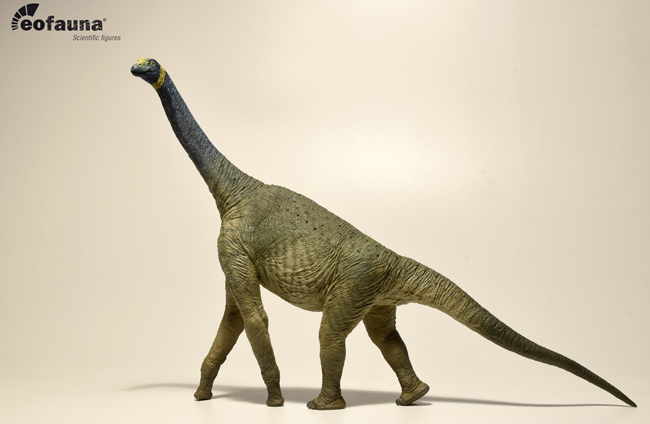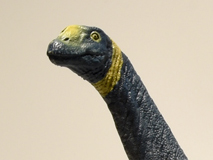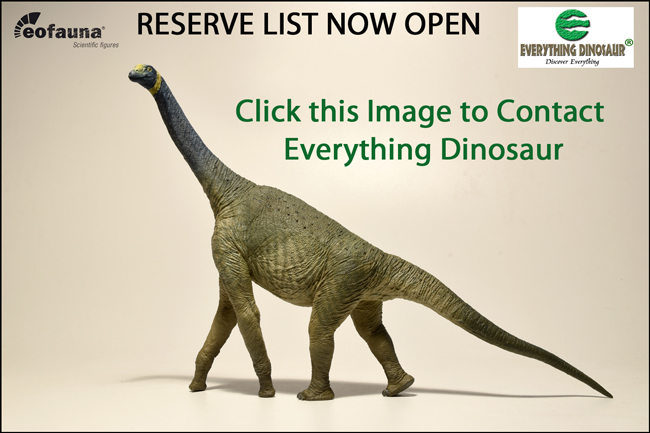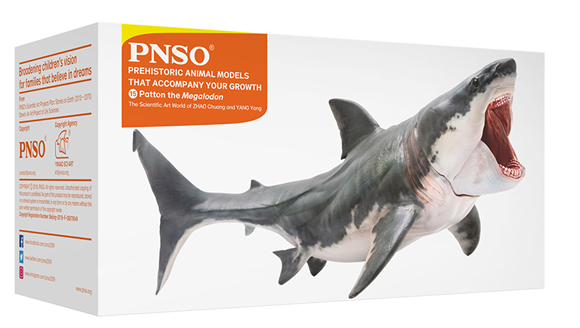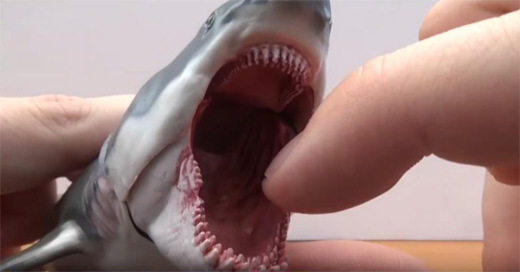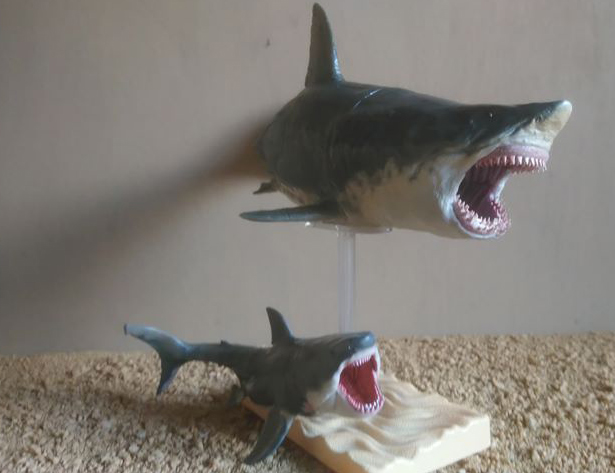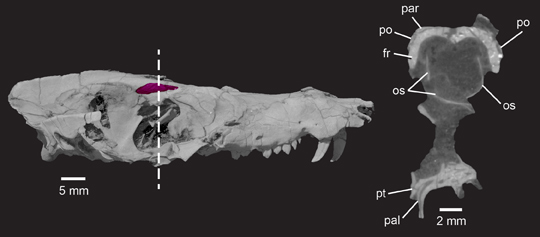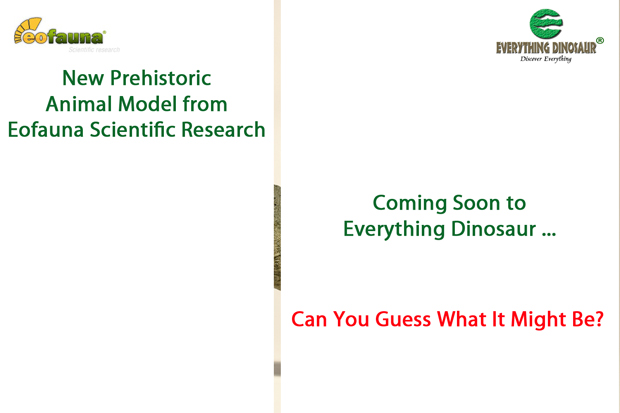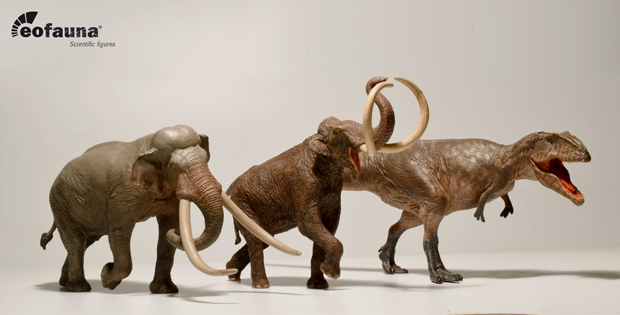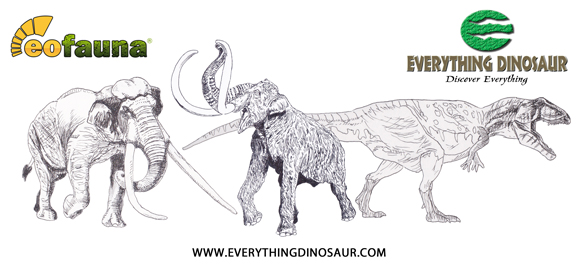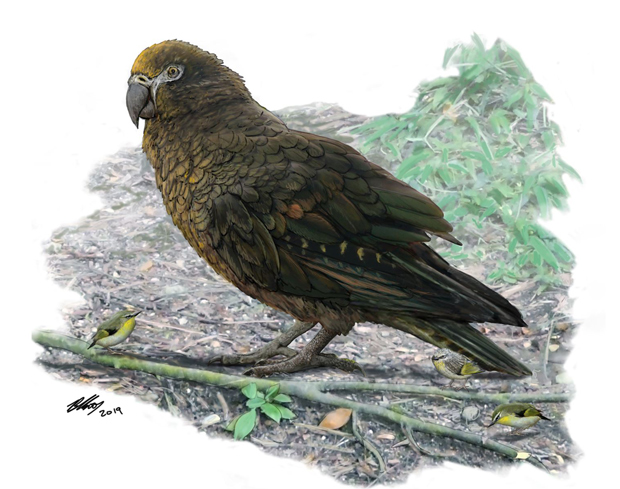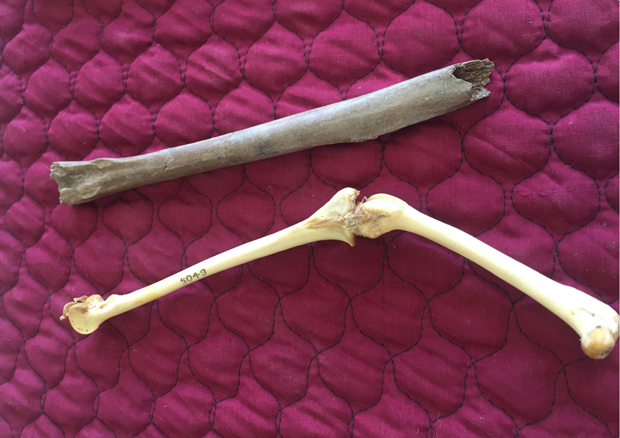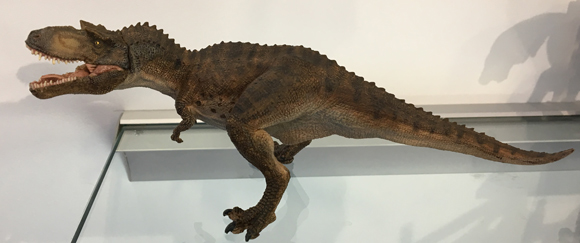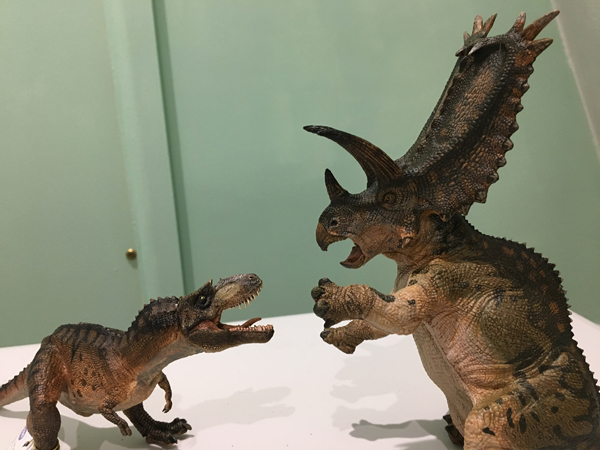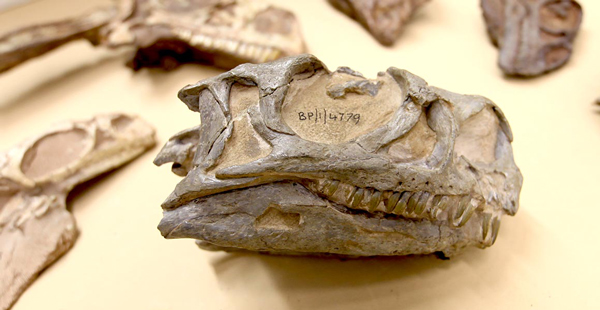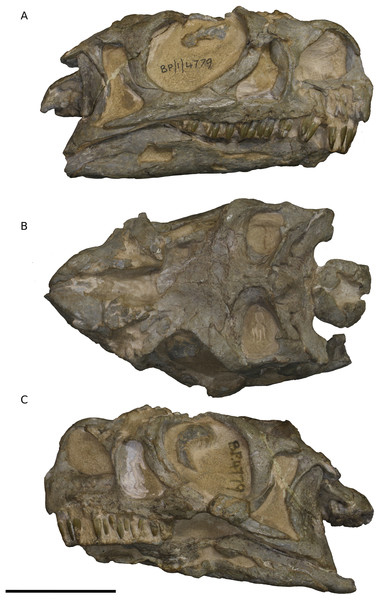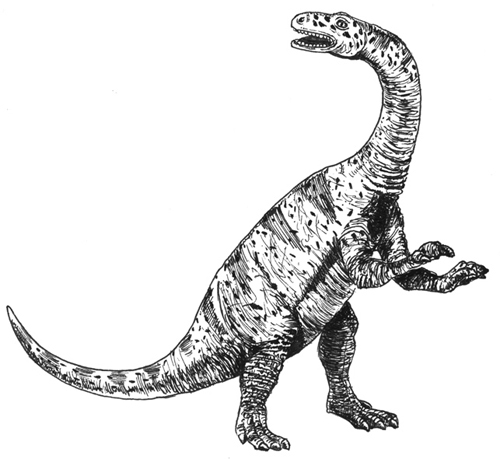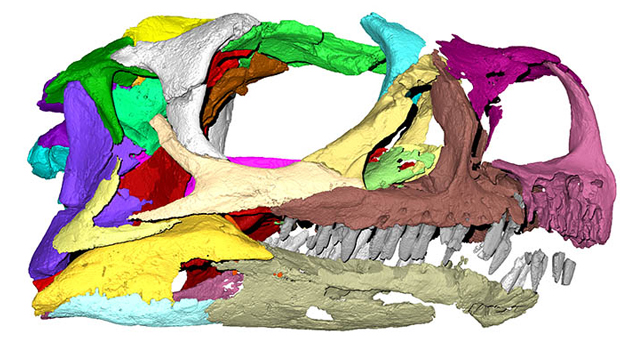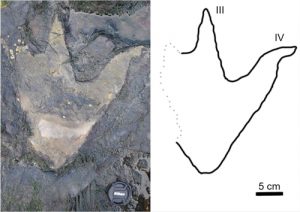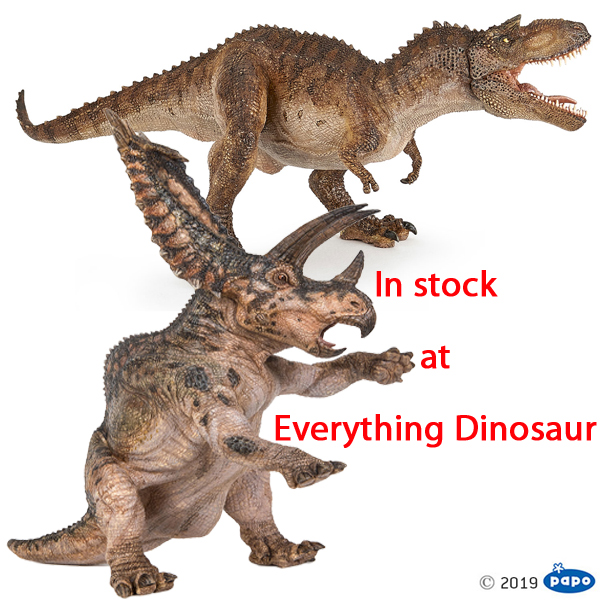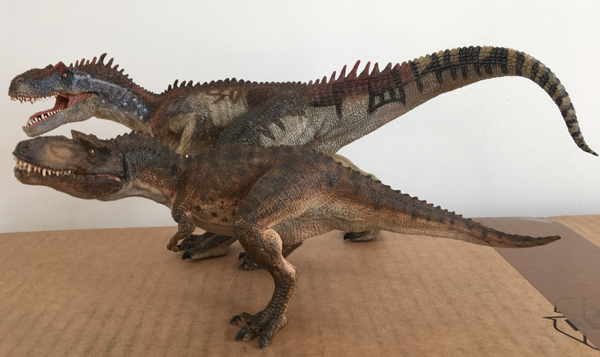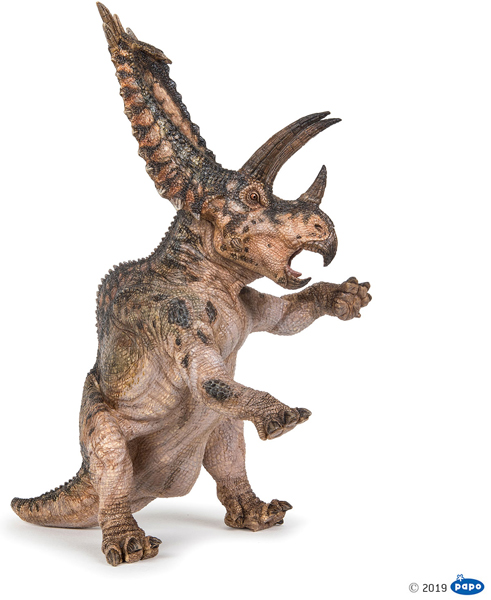Monster Penguin from the Palaeocene of New Zealand
Crossvallia waiparensis – Monster Penguin from New Zealand
Sixty-six million years ago, the non-avian dinosaurs became extinct. The end-Cretaceous mass extinction event also resulted in the extinction of the majority of the marine reptiles, the mosasaurs and the plesiosaurs. Nature abhors a vacuum and in some parts of the world, the apex piscivore niche became occupied by man-sized penguins. This idea of prehistoric penguin super-predators has been boosted with the naming and scientific description of a “monster penguin” from Palaeocene-aged deposits on New Zealand’s South Island. Weighing in at an estimated eighty kilograms, and standing around 1.6 metres tall, Crossvallia waiparensis is one of the largest penguins known to science.
The Newly Described Crossvallia waiparensis Compared to an Average-height Woman
Picture credit: Canterbury Museum
One of the World’s Oldest Species of Penguin
Writing in the scientific journal “Alcheringa: An Australasian Journal of Palaeontology”, researchers Dr Paul Scofield and Dr Vanesa De Pietri (Canterbury Museum), in collaboration with their colleague Dr Gerald Mayr (Senckenberg Natural History Museum in Frankfurt, Germany), describe C. waiparensis based on leg bones representing an individual animal and tentatively referred partial humeri (upper arm bones). The fossils were found by amateur palaeontologist Leigh Love last year, during field work at the Waipara Greensand fossil site located north of Canterbury.
The sediments were laid down in the Palaeocene Epoch (66 to 56 million years ago), making C. waiparensis is one of the world’s oldest known penguin species. The discovery also reinforces the idea that penguins (Sphenisciformes), attained large size early in their evolutionary history. The biggest extant penguin is the Emperor Penguin (Aptenodytes forsteri), which can weigh more than twenty kilograms and stands around 1.2 metres high.
Overview of the Leg Bones of C. waiparensis
Picture credit: Mayr et al
The photograph (above), shows an overview of the leg bones of Crossvallia waiparensis (A-L), along with views of the tentatively referred proximal end of a left humerus (M-O), scale bar = 5 centimetres.
The Phylogeny of Crossvallia waiparensis
The team have concluded that the closest known relative of C. waiparensis is a fellow Palaeocene species Crossvallia unienwillia, which was identified from a fossilised partial skeleton found in the Cross Valley in Antarctica. This newly described “monster penguin” is not the first giant penguin to have been discovered. For example, the Eocene taxa Anthropornis and Palaeeudyptes were comparable in size, if not bigger and this suggests that giant penguins evolved several times in the evolutionary history of the penguin family.
To read a related article from Everything Dinosaur: Gigantism in Penguins.
The scientific paper: “Leg bones of a new penguin species from the Waipara Greensand add to the diversity of very large-sized Sphenisciformes in the Paleocene of New Zealand” by Gerald Mayr, Vanesa L. De Pietri, Leigh Love, Al Mannering and R. Paul Scofield published in Alcheringa; An Australasian Journal of Palaeontology.
Visit the Everything Dinosaur website: Everything Dinosaur.


